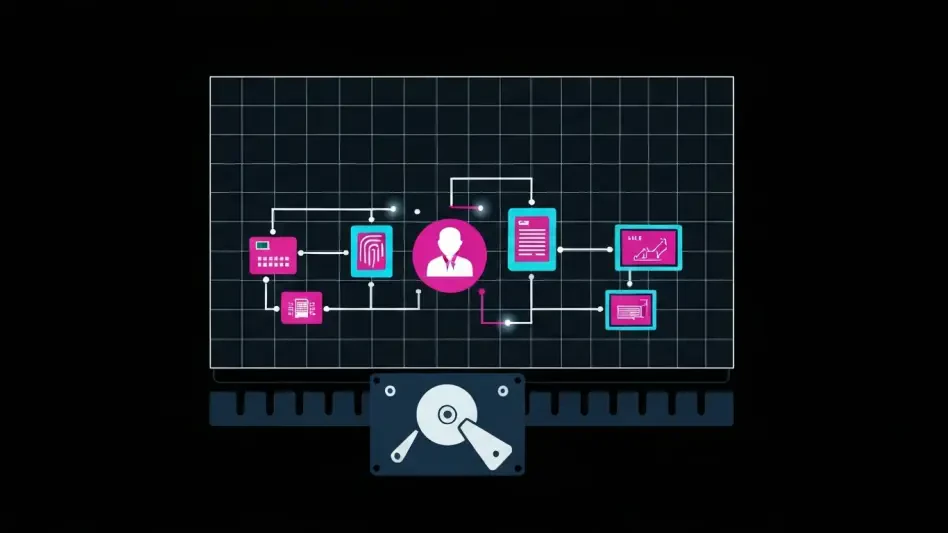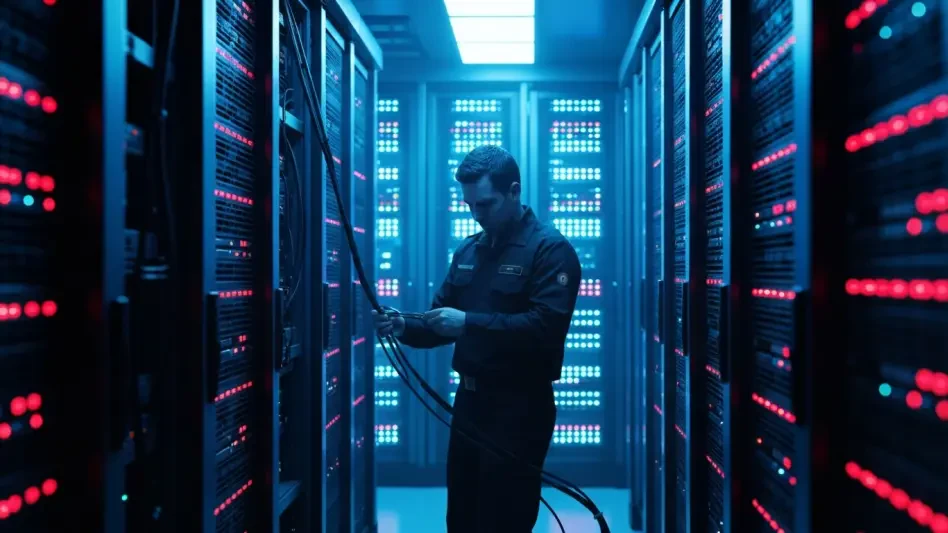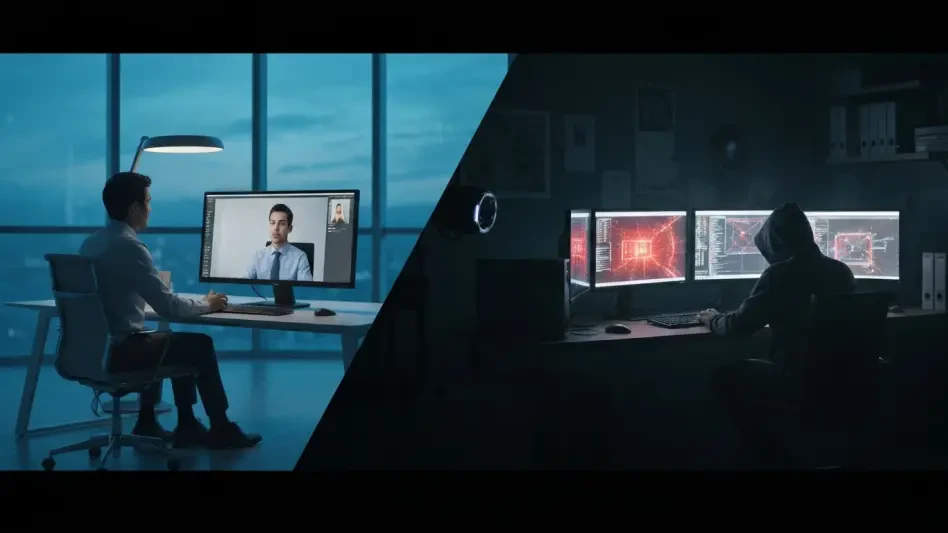Clorox, the leading American cleaning product company, is engrossed in a legal battle with its former IT service provider, Cognizant, over an alleged cybersecurity lapse. Clorox claims that Cognizant’s negligence enabled a cybercriminal to infiltrate its systems during a cyber-attack in August 2023. The lawsuit accuses Cognizant of failing to adhere to essential password-reset and identity verification protocols, which purportedly led to significant operational disruptions, costing Clorox at least $49 million in damages. Consequently, the company experienced a halt in its IT operations, impacting production schedules, order processing, and supply chain management. Clorox, seeking $380 million in damages, has expressed dissatisfaction with Cognizant’s handling of corporate network security. Meanwhile, Cognizant has denied these allegations, attributing the breach to Clorox’s internal cybersecurity system.
The Cyber Incident and Its Impact on Clorox
Operational Disruptions and Financial Repercussions
The cyber-attack on Clorox had far-reaching consequences, with operational disruptions persisting for months after the incident. As the company grappled with compromised systems, production delays became a regular occurrence, leading to significant setbacks in fulfilling customer orders. This domino effect disrupted Clorox’s supply chain, causing delays and logistical challenges that hampered its ability to meet market demands. Financially, the company bore the brunt of these challenges, with the breach reportedly costing at least $49 million. This financial strain was felt across multiple sectors of the business, compounding Clorox’s struggle to restore normalcy. Amid this turmoil, Clorox’s path to meeting its sustainability goals, which were laid out before the breach, became fraught with obstacles. The breach not only threatened the company’s economic stability but also sent ripples through its future strategic plans.
Cognizant’s Response and Defense
In response to the lawsuit, Cognizant has refuted any claims of responsibility for the cyber breach. The company maintains that its contractual duties to Clorox did not encompass comprehensive cybersecurity management but were limited to providing help desk services. Cognizant argues that Clorox’s internal cybersecurity framework failed to counter the cyber-attack, pointing to possible lapses within Clorox’s own operational protocols. This defense highlights the nuanced mishaps that can occur when corporate and service provider responsibilities blur. The ongoing litigation raises questions about clarity in IT service agreements and reinforces the importance of having explicitly defined roles. Despite their longstanding relationship, the current dispute underscores the complexities involved when technology services intersect with cybersecurity needs.
Broader Implications and Industry Lessons
Changing Perspectives on IT Service Accountability
The Clorox-Cognizant legal conflict underscores a growing industry debate regarding responsibility for cybersecurity breaches. As technology permeates every aspect of business, the delineation of responsibilities between client companies and service providers has become increasingly significant. This case serves as a cautionary tale, emphasizing the importance of established responsibility boundaries and well-drafted contracts. As cyber threats evolve in sophistication, it is critical for companies to understand and clearly define the extent of their IT service providers’ obligations. Establishing such delineation can not only prevent legal disputes but also ensure robust protection against cyber intrusions. Stakeholders within the IT industry must pay heed to these developments, crafting security strategies that bridge technological advancements with contractual clarity.
Focus on Strengthening Cybersecurity Strategies
In an era where cyber threats continue to rise, the case involving Clorox and Cognizant signals a wake-up call for businesses about the essentiality of stringent cybersecurity protocols. Companies are urged to invest in cutting-edge security technologies and cultivate a culture of vigilance against emerging threats. Effective security controls can act as a deterrent to potential attacks, and constant review and enhancement of these controls are imperative. Furthermore, establishing a proactive cybersecurity framework, which includes employee training on best practices, could minimize risks of breaches. As firms navigate a digital-forward future, resilience through robust cybersecurity becomes fundamental to safeguarding assets and maintaining operational continuity. The lessons drawn from this case stress the need for organizations to harmonize their cybersecurity approaches with the ever-evolving digital landscape.
Conclusion
The legal conflict between Clorox and Cognizant brought to light the urgent issue of cybersecurity responsibility in interactions between corporations and their service providers. Facing early obstacles, Clorox committed to restoring its operations while enhancing its cybersecurity defenses to avert similar incidents in the future. This dispute showed why having well-defined contracts and robust cybersecurity practices is essential in our digital world. Looking ahead, it’s crucial for companies to align their IT services with cybersecurity requirements, promoting collaboration both internally and externally to safeguard networks. As cyber threats grow increasingly frequent, these strategies bolster business operations and fortify security measures. Continual review and adaptation of these strategies are critical for companies to sustain resilience and protection against new, evolving threats. Organizations that fail to prioritize comprehensive cybersecurity plans risk significant vulnerabilities in a landscape where digital risks are constantly changing.








